There is no “silver bullet technology” to eliminate all CO2 emissions in the process to manufacture cement, but a Lafarge plant in Ontario has shown the capacity to remove 1,000 tonnes per year from its operations and the company plans to increase that number by 10 times over the next year, preparing it for commercialization.
“The next step of mineralizing 10,000 tonnes of CO2 per year is only a start, representing the emissions of 600 to 700 Canadians, but when commercialized at an industrial scale it has great potential to be one of the solutions we rely on,” says Rob Cumming, head of sustainability and public affairs, Lafarge Canada (East).
Those numbers represent “a 500 per cent scale-up” of a novel technology by Hyperion Global Energy Corp. in partnership with Lafarge Canada Inc. in a pilot project to eliminate emissions at its cement plant in Bath, about 25 kilometres west of Kingston.
The CO2 emissions captured from the cement plant’s stack are used in the creation of sustainable products such as low-carbon concrete.
The carbon is captured with an external scrubber and diverted into a patented recycling system container provided by Hyperion, says Cumming.
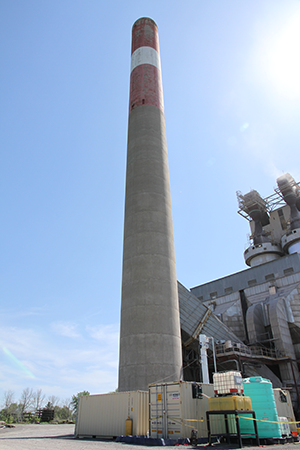
The emissions, which are processed with waste industrial feedstock, go through Hyperion’s gas-to-mineral process to produce high value precipitated calcium carbonate used in green concrete.
The equipment for the pilot was installed at the plant in 2023 and “has achieved critical milestone validation and de-risking, and per Hyperion is ready to scale in 2025,” says Cumming.
Full emissions mineralization of CO2 using one technology is unlikely for any cement plant producing 500,000 to one million tonnes per year, but these technologies are stackable, he says.
“Hyperion aims to decarbonize 10 per cent of plant emissions with its technology. We believe that this one technical building block can mineralize up to 50,000 tonnes per year at cement plants across North America.”
Cumming says Hyperion’s circular carbon solution has the potential to offer one of the more affordable paths forward for decarbonization.
According to Hyperion, the fully operating and validated pilot has cost less than $3 million.
“It demonstrates the startup’s turnkey approach, efficiency and affordability of its patented Tandem Carbon Recycling (TCR) system,” he points out.
“We want to see all of our plants moving towards net-zero through the production of advanced cement and concrete products. This is an exciting example of the new wave of technology spurred on by global decarbonization efforts.”
The system was manufactured in Ontario and Hyperion worked with local suppliers and trades with the support of Lafarge’s plant team.
Hyperion’s proprietary TCR technology is a modular drop-in system. At this stage, the process is housed in a 40-foot shipping container that required no construction, complex permitting or downtime for the Lafarge plant, Cumming says.
Lafarge sees the mineralization of CO2 into aggregate products as one of its “more promising levers for decarbonization and advanced products.”
He adds there are multiple start-ups in the mineralization arena and partnering with them will speed development.
“As compared to carbon capture and sequestration technologies, the mineralization class of technologies offers the enticing opportunity to produce negative carbon aggregate products and to sell them through our existing sales network.”
Cumming says the pilot will further develop and scale Hyperion’s proprietary TCR technology to capture and transform waste carbon emissions into high purity minerals that permanently store carbon.
“The pilot project offers a valuable proof of concept in a real-world industrial setting, demonstrating the circular use case for transforming carbon into high purity mineral components.”
It is also an opportunity for Hyperion to fine tune its process to produce products meeting commercial specifications for customers such as Lafarge and license the technology to plants across North American and beyond, he says.


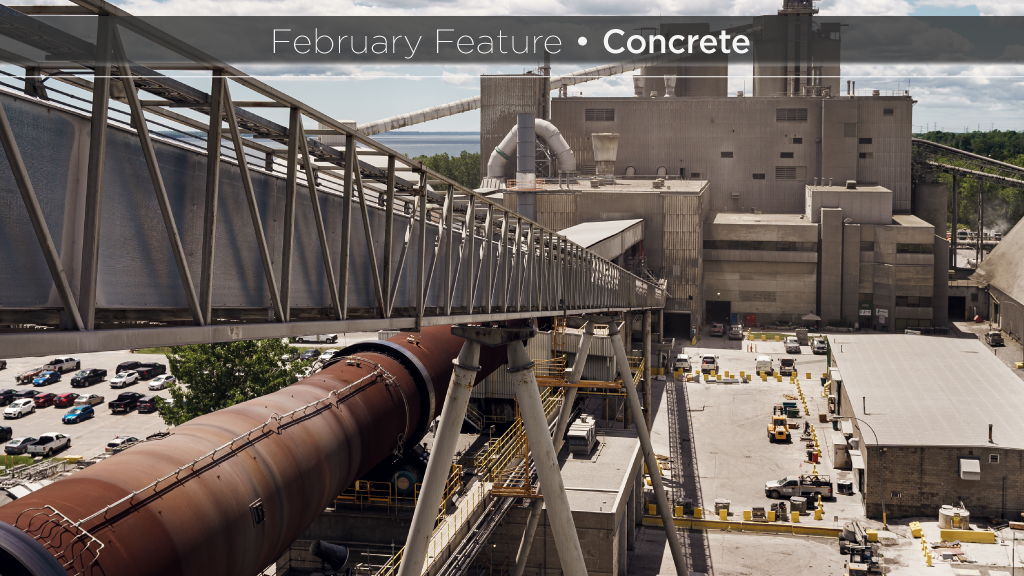

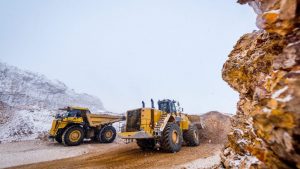
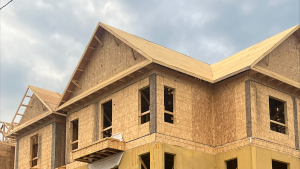

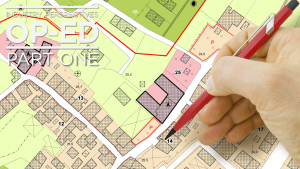

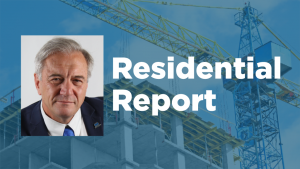


Recent Comments